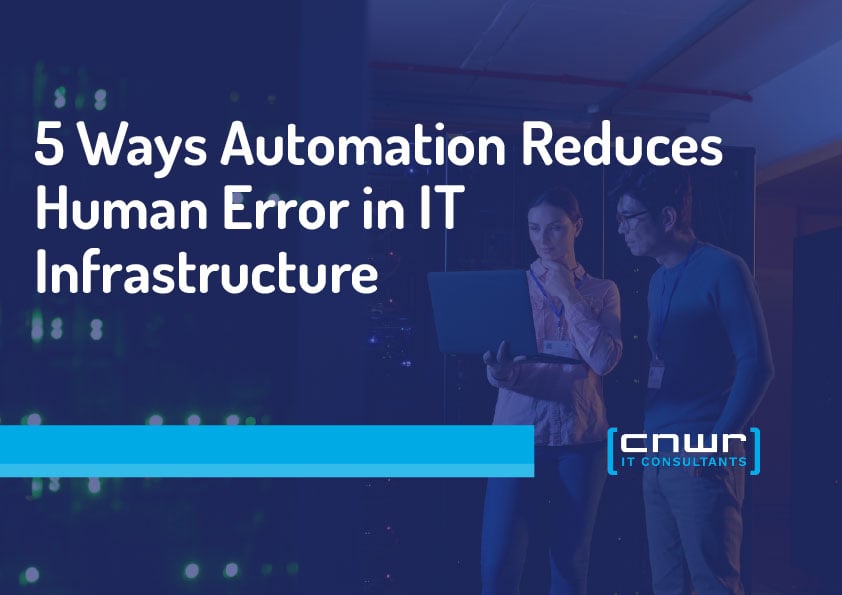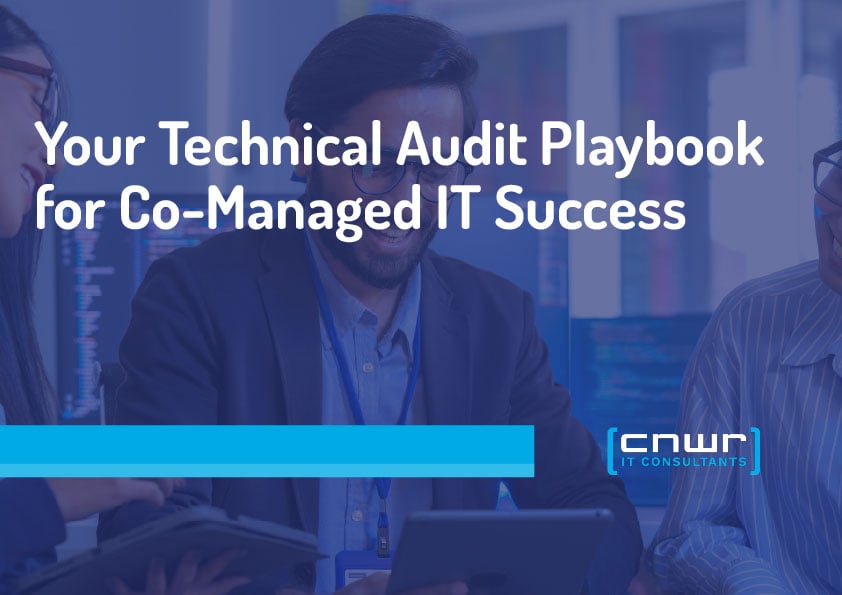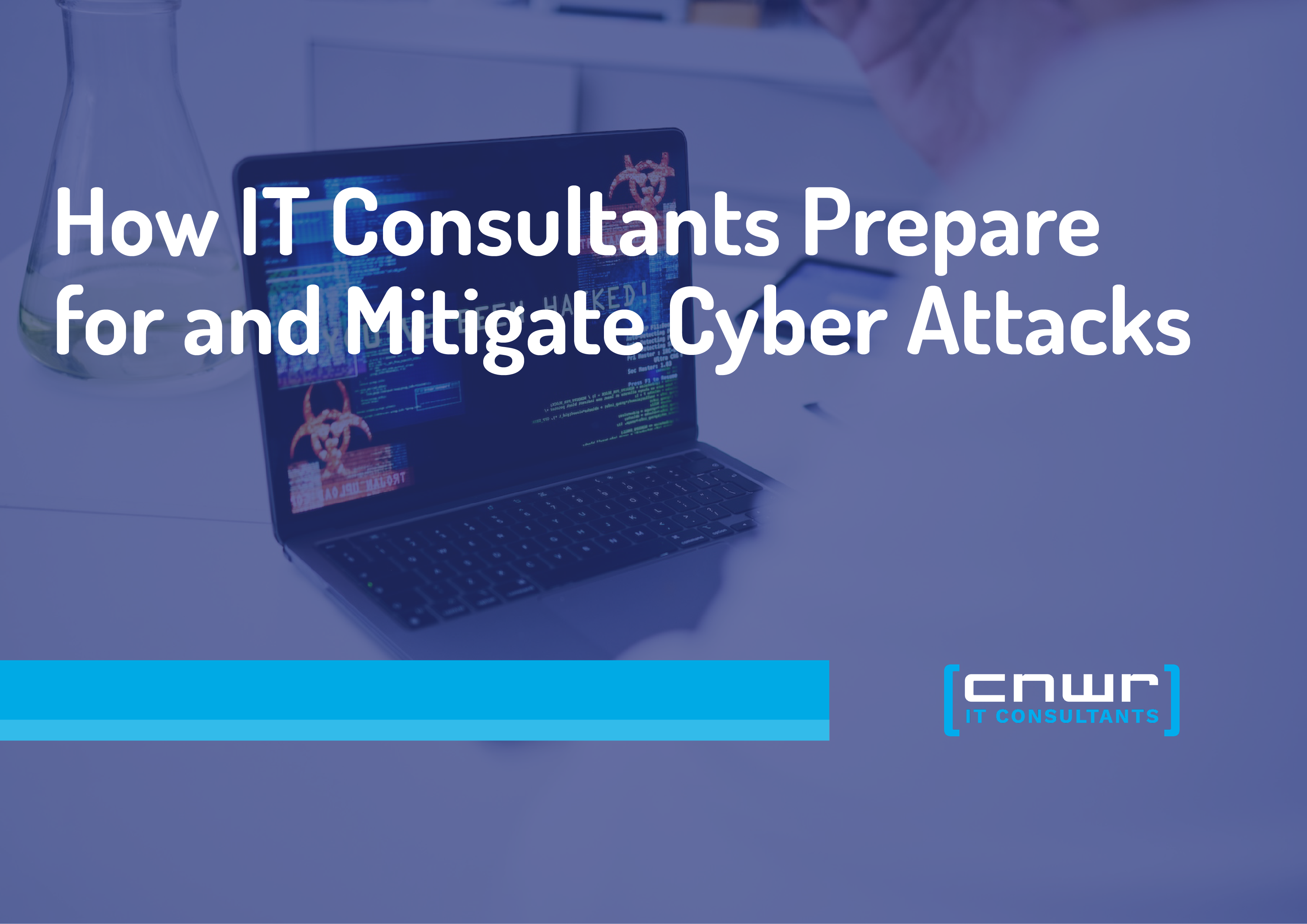Imagine if your critical systems were configured correctly every single time. Minimal oversight, zero typos, and no delays.
Given how fast-paced infrastructure can be, that might sound like a dream. After all, even minor errors snowball into costly outages, compliance failures, or data breaches.
However, for many businesses, automation in IT is making that dream a reality. It removes inconsistency and risk by eliminating the manual element outright.
If you're responsible for maintaining the security, stability, and scalability of your infrastructure, this guide is for you. In this blog, we'll walk you through how IT automation works and the top ways it can improve performance and reduce errors.
Table of Content
|
What Does Automation in IT Involve?
Automation in IT involves programming software and workflows to accomplish specific tasks that administrators or network engineers usually achieve manually. These activities aim to lessen manual operations, fast-forward the speed, and enhance asset handling.
Wondering what is used to get this done? Here are three popular formats used for automation in IT:
- Rule-based triggers and scripts: This involves predefined conditions, schedules, and detailed scripts that instruct systems on what to do and when, minimizing reliance on human input
- API-driven control: Data and systems are connected, updated, and monitored in real time using application programming interfaces (APIs). It ensures consistent performance across your entire infrastructure
- Desired state configuration: This automation focuses on maintaining a specific state. Configuration automations can automatically correct unauthorized changes and alert administrators of deviations
Automation in IT also includes powerful orchestration engines for more custom workflows. Next up, how to put them to effective use.
5 Ways to Use Automation in IT Infrastructure
While automation may sound convenient, it can also reduce risk and enhance stability. But you need to know where to focus.
Here are five key areas where automation delivers the greatest impact:
1. Consistent IT provisioning
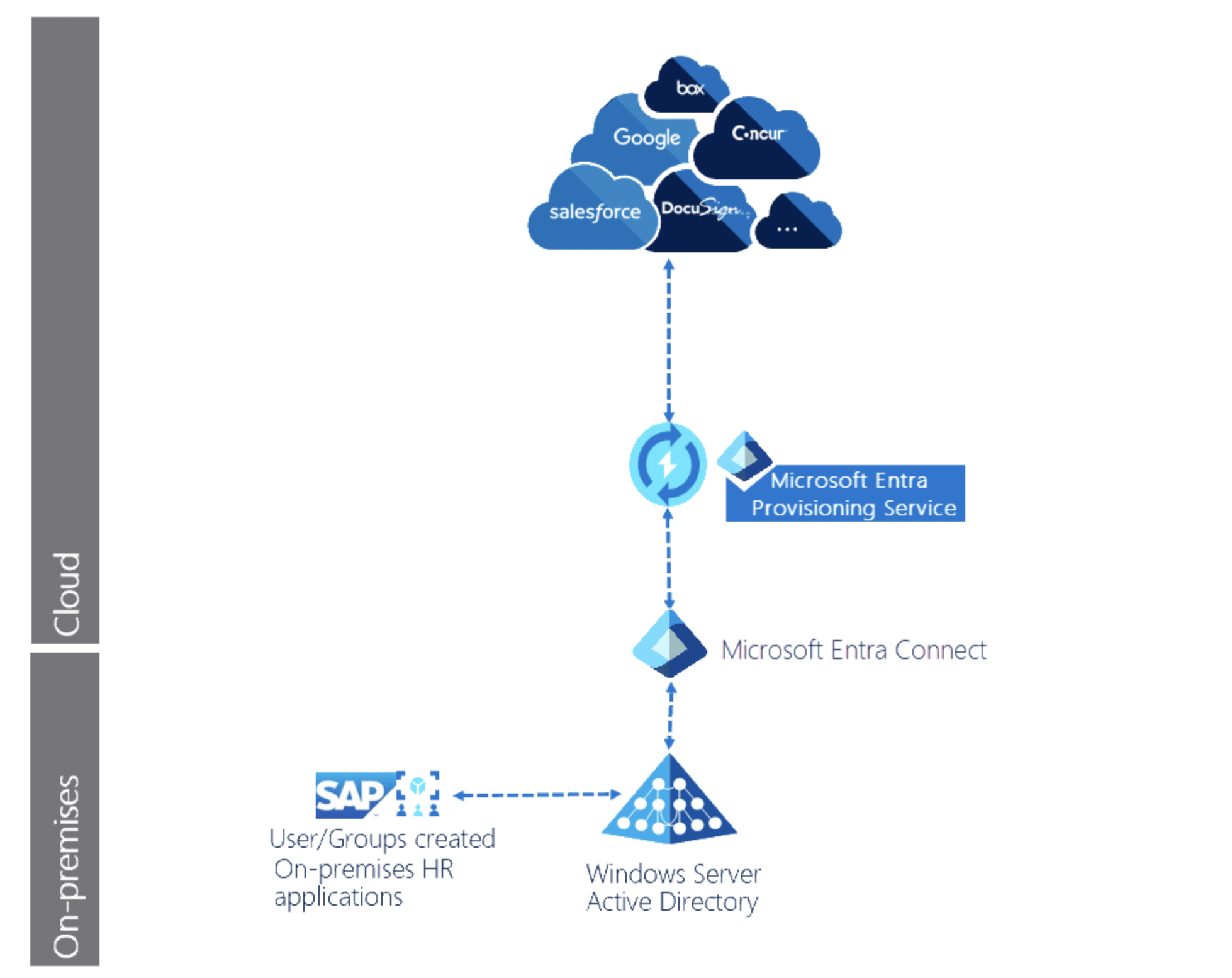
Automation in IT is extremely effective in handling asset provisioning. Whether it's for OS installation or security configurations, it's possible to deploy servers or virtual machines (VMs) with identical settings. This extends to procurement processes as well, including asset ordering and license management.
When human intervention is eliminated, there's no scope for vulnerability, like unauthorized access and critical downtime. Your IT infrastructure is also free of configuration drift and long deployment times.
2. Secure network configuration
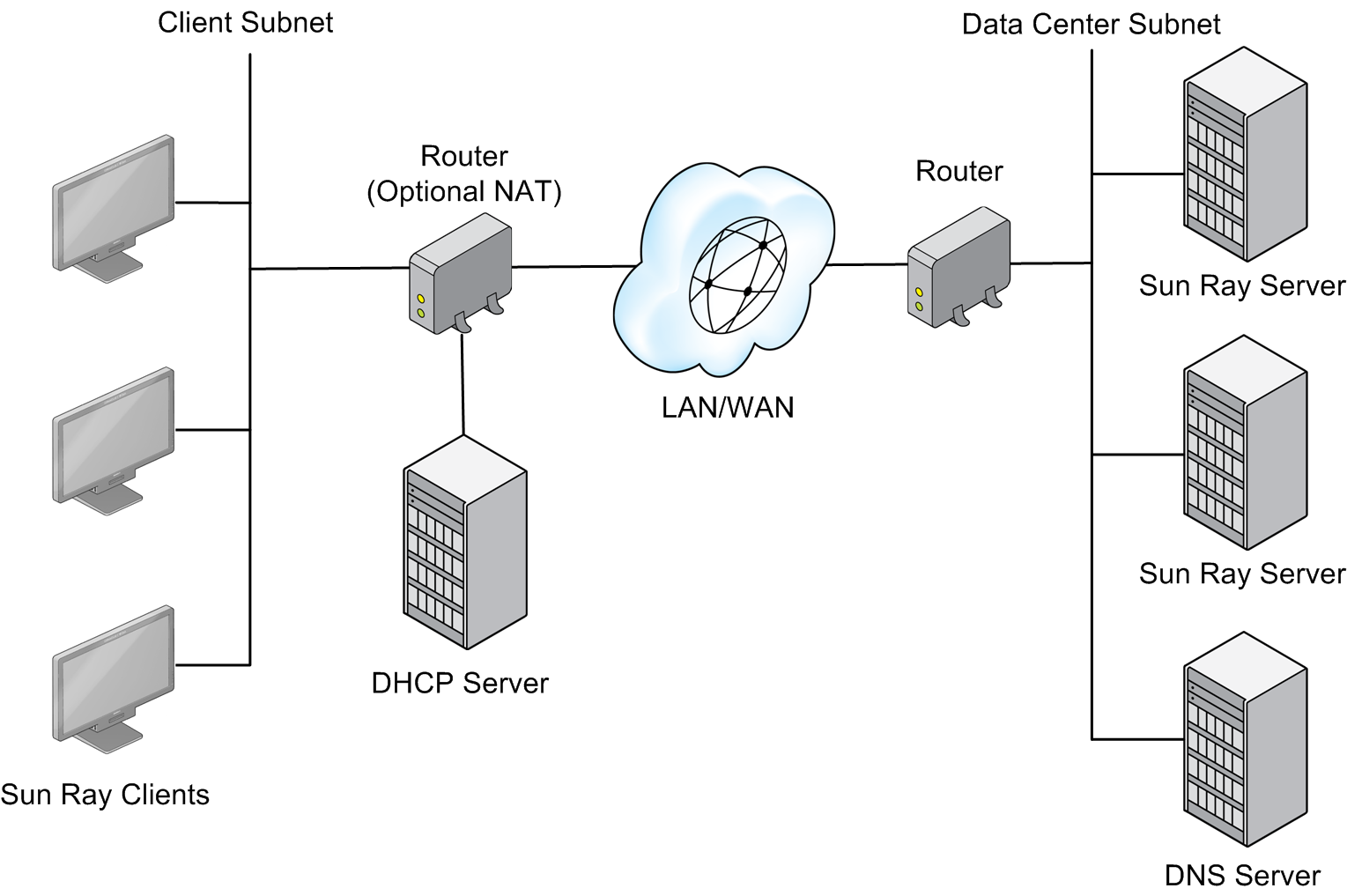
IT infrastructure relies on network security to prevent cyberattacks and ensure data privacy. Automating setup and configuration is a key part of this. As the complexity of intra- and internet connections grows, automated workplace engines manage routers, switches, and firewalls, creating an airtight, human-error-free defense.
Automation in IT networks extends to securing ACLs (access control lists) and instant VLAN assignments. Plus, live DNS entries and routing table updates reduce troubleshooting times and ensure validated configurations.
3. Hassle-free patch management
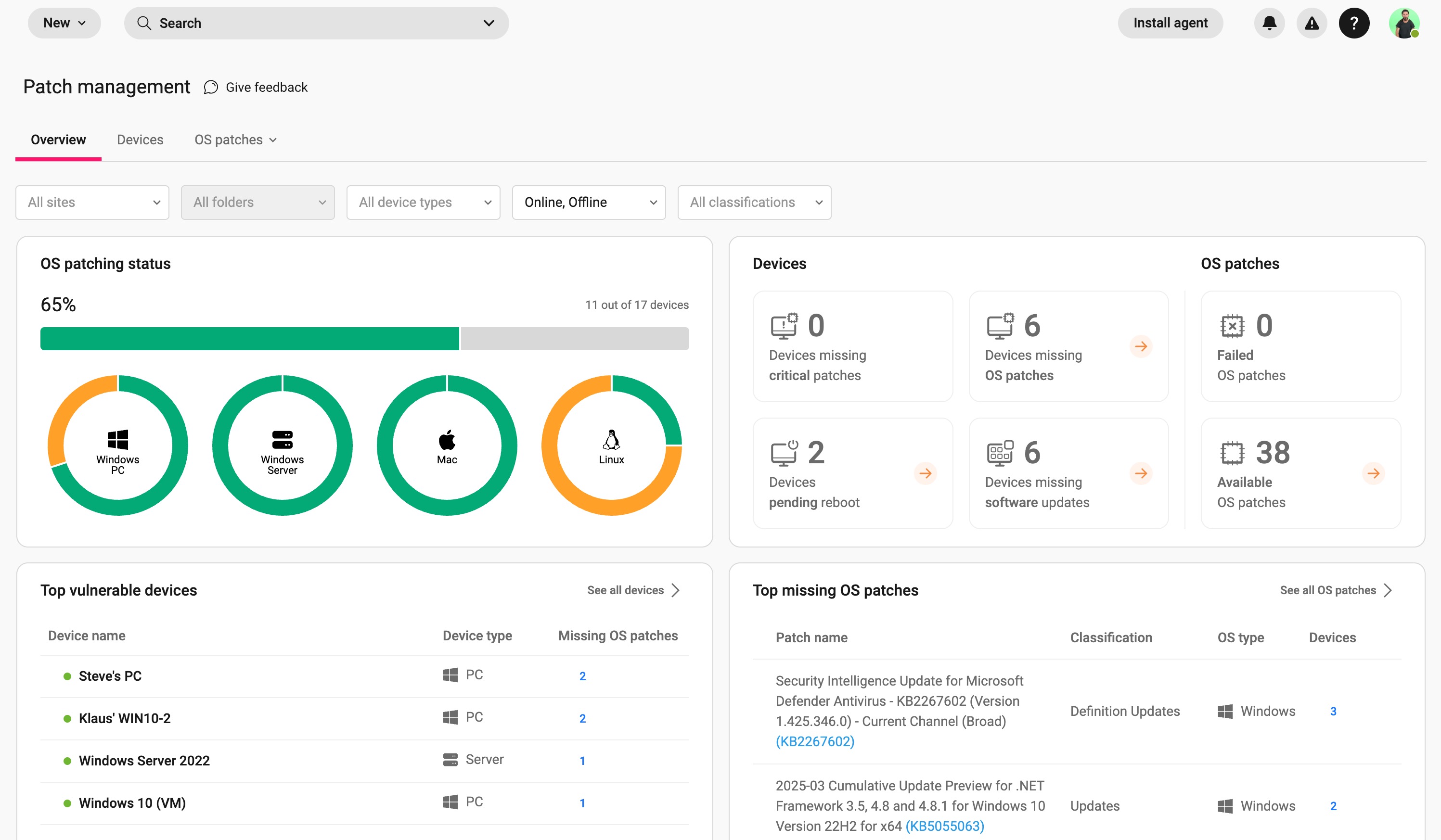
Patching systems is one of the most routine yet critical aspects of IT infrastructure. Automating patch tracking eliminates the need for a memory- or spreadsheet-based approach, which can lead to missed patches and unknown vulnerabilities.
By automated analysis for patches and tests for updates, patch management becomes systematic and timely. This automation eliminates oversight, reduces time spent on manual checks, and ensures uniformity in your infrastructure.
4. Proactive monitoring and incident response

Another effective use of automation in IT infrastructure is to get ahead of system performance issues. When monitored manually, support teams often wait for the first instance and may miss early warning signs or underlying issues that escalate over time.
Automated monitoring is a great way to scan for anomalies in real time. It can detect CPU spikes or low memory on a critical server and instantly trigger alerts or even initiate corrective scripts. This proactive setup leads to faster resolutions, removes manual oversight, and doesn't depend on human intervention.
5. Fail-proof disaster recovery and backups
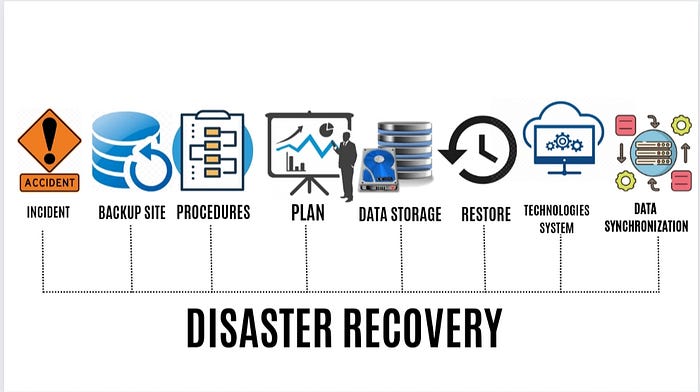
No one plans for failure, but every system is vulnerable to it. Data backups, if they’re even happening, are too easy to overlook or misconfigure. In fact, 51% of businesses that suffer catastrophic data loss shut down within two years.
Introducing automated disaster recovery is a smart approach to storing data off-site or in the cloud. Your business can also pre-program failover systems to take over in the event of an outage. With a quick switch to recovery mode, there's instant recovery, zero data loss, and negligible human error during critical workflows.
How to Get Started With IT Automation
Adopting automation doesn’t mean replacing your current infrastructure overnight. Instead, start with areas most prone to human error or those that require high volumes of repetitive tasks.
Follow these four steps to start integrating robust automation in IT infrastructure:
- Identify bottlenecks: Analyze where most errors occur most frequently. Categorize the issues based on asset or area, such as backups, monitoring, patching, or user management
- Select the right tools: Choose automation platforms compatible with your existing environment. Prioritize specialized modules like CNWR's Cyber Security Services
- Test in a controlled environment: Simulate changes in a test environment to validate effectiveness and fix bugs. When going live, it's important to roll out the solution in phases based on where it's most needed
- Train staff: Develop the skill sets needed to manage and fine-tune any automated solution effectively. Automation in IT is about enhancing the human touch, not removing it, so bridge all skill gaps with learning modules and shared services
Common Challenges and How to Overcome Them
Remember, automation does add risks if not implemented carefully.
Look out for these three common challenges when adopting automation in IT processes:
Over-automation
Trying to automate everything at once without evaluating the impact can result in system conflicts, security gaps, or unintended process failures.
What to do: Start with a needs analysis. Focus on specific problem areas with clear ROI to avoid unnecessary complexity.
Lack of oversight
Even the most advanced automation systems need monitoring. Without human oversight, small issues can go undetected and escalate quickly.
What to do: Assign ownership for every workflow and schedule regular reviews to ensure accountability.
Inadequate documentation
According to Harvard Business Review, 60% of a team's time is lost searching for information. Poor documentation can stall troubleshooting and create reliance on specific individuals. When critical knowledge often disappears, it becomes difficult and time-consuming to resolve issues.
What to do: Keep detailed, shared records of every automated task, using version control and team-accessible logs to future-proof your operations.
Optimize Your IT Infrastructure With Effective Automation
IT infrastructure leaves little room for error, especially those that result from manual procedures. Smart automation mitigates these risks and ensures the consistency of your systems, albeit also scaling and securing them.
From provisioning and patching to disaster recovery, our automation solutions can help you work with full confidence.
At CNWR, we help small businesses simplify IT through practical, results-driven automation. Ready to reduce human error and streamline your infrastructure? Explore our Small Business IT Solutions to see how we can help you build smarter systems from day one.
Key Takeaways
|
FAQs
1. What tasks in IT infrastructure benefit the most from automation?
While every IT asset can be automated, it's the areas where mistakes are costly, and consistency is key. Here are the top tasks to prioritize:
- Resource provisioning and network configuration
- Patch management and real-time monitoring
- Disaster recovery
2. How can you automate without disrupting current systems?
The key lies in starting small and implementing in phases for maximum impact and minimal disruption. Here are a few quick steps:
- Identify error-prone or time-consuming processes
- Automate them in a sandbox or test environment
- Monitor results, then expand gradually
3. Do I need technical skills to implement IT automation?
Not necessarily. Many tools today offer user-friendly interfaces with prebuilt workflows and templates.
If you need complex setups, like network configuration or automated energy management, experienced partners like CNWR are often more impactful than building it from scratch.

